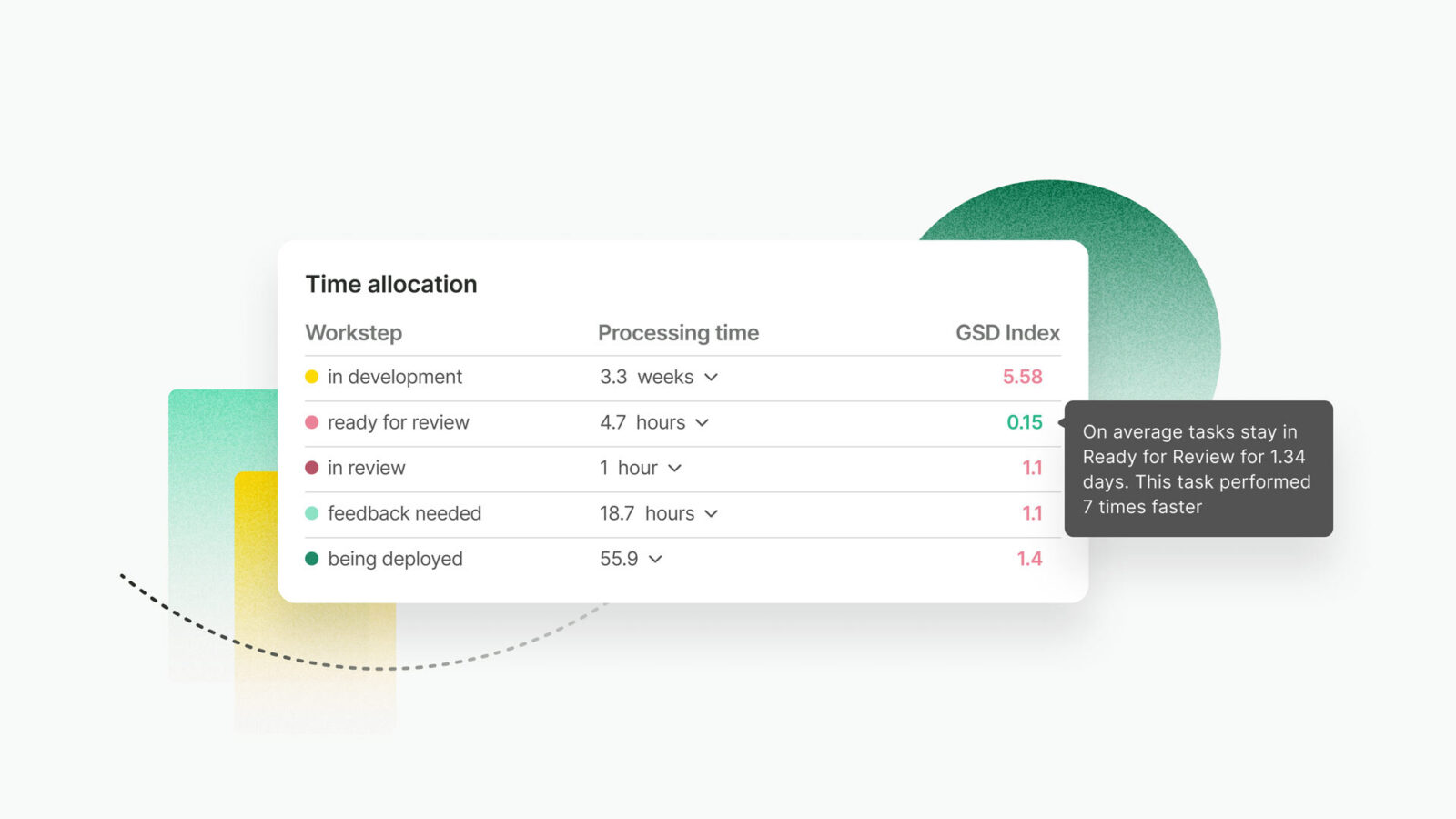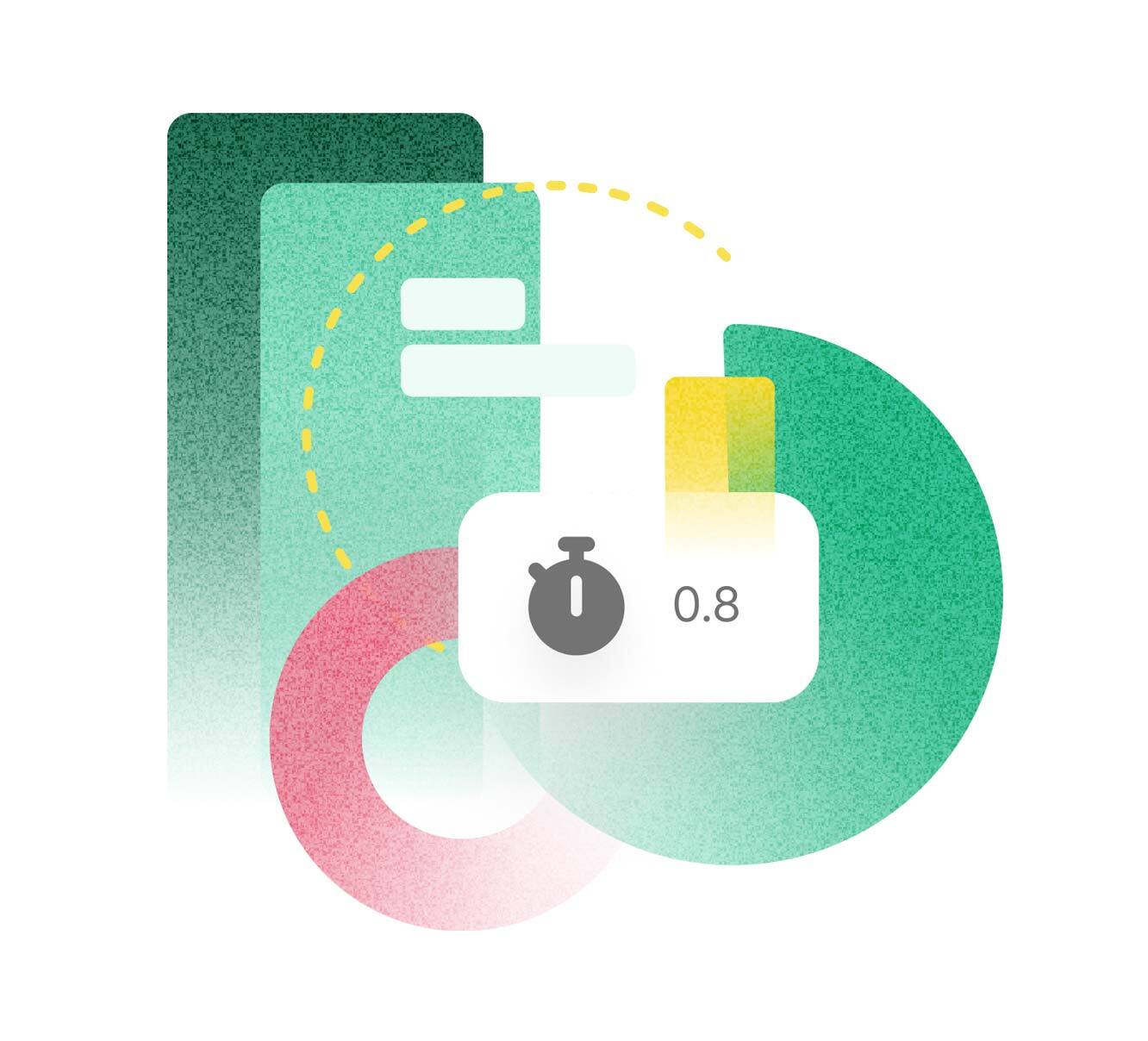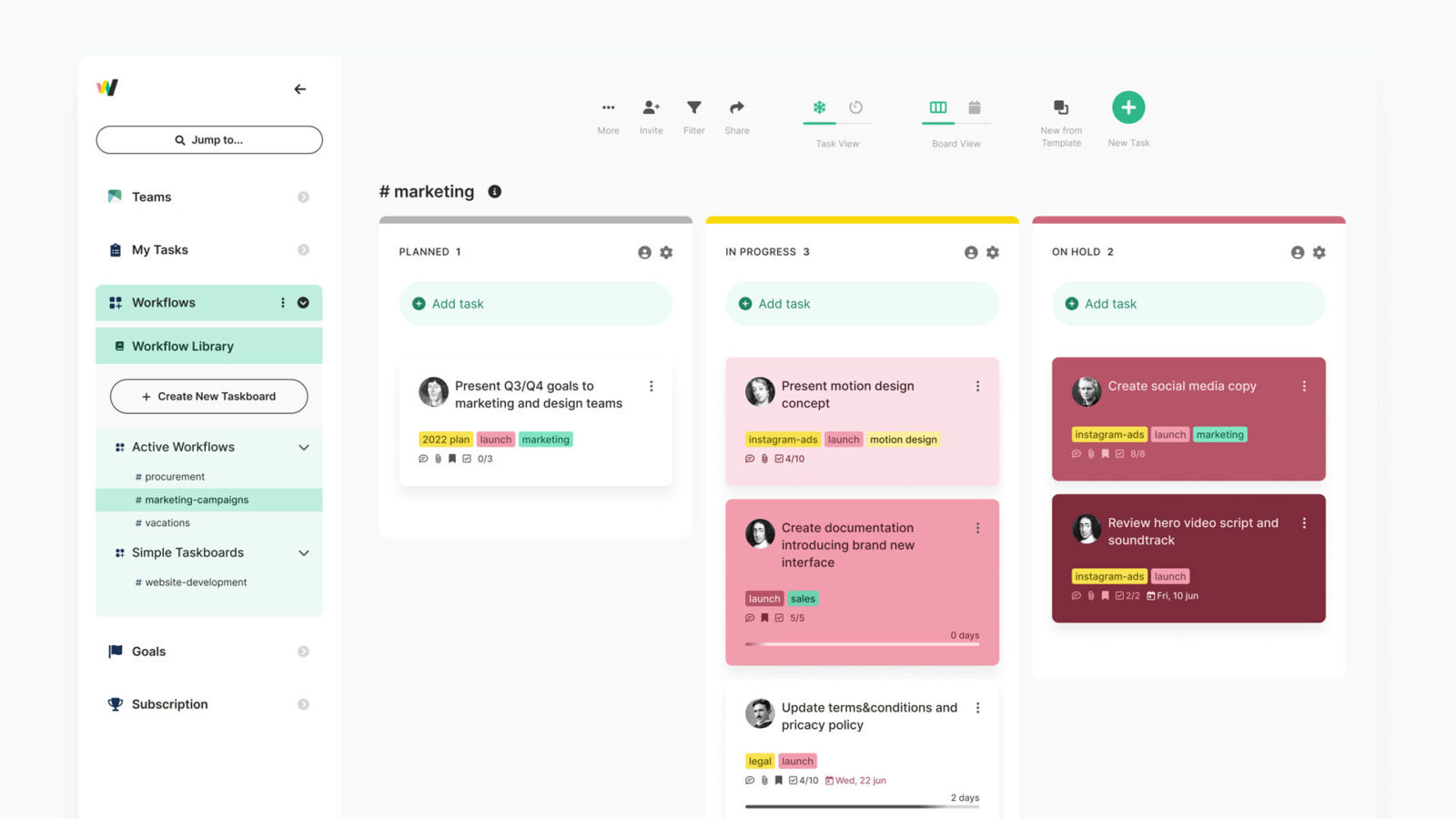
How much time do you need to complete this task? Can we estimate with high accuracy when we’re gonna hit this milestone? Do we need a 30% buffer just to be sure?
We’ve all heard variations of statements like these before. Be it when planning a new product launch, creating the next design refresh, or planning a feature release. We have all faced the challenge of trying to figure out how long a task will take. Easier said than done! In today’s digital-first era, human-based estimations are phased out in favor of using transparent data to inform decision-making.
Task Duration Estimation Efforts
Let’s be honest, we are lousy at predicting our own output. Bias plays a role, expectations and egos get in the way, and we always end up over or underestimating. It is a simple fact of the human condition. However, that hasn’t kept software companies away from trying to crack this case wide open. Various features of estimation points, buffering, and pie-in-the-sky guesses have been implemented with differing degrees of success. Noble efforts have been made to bring value to consumers in their mission towards greater efficiency.
But, as we stated earlier, there will always be inherent flaws when people are the ones estimating their (or their peers’) work output. This is why we chose an alternate path.
Turning the tables
Instead of trying to perfect humans and remove the natural instinct to please and deliver, we looked the other way. Why not learn from ourselves, gain knowledge from previous and successfully completed tasks, and use those learnings to inform your estimation process? Our time allocation feature coupled with our GetStuffDone index is the first step toward delivering this exact idea.
The foundation is simple. We are following along while you work on the task, reach milestones, and keep track of the time spent in each step. For example, if you employ a simple feedback loop process, with “in progress” and “in review” steps, we measure the time that this particular task spends in each step, and show a glanceable snippet of that information right on the task. As work progresses to eventual successful completion, we store the data on how long it took for the task to be completed. That information is then used to navigate the performance of each task individually yet in relation to similar tasks based on your choice of criteria, for example being part of one workflow or having the same label, the choice is yours!

Making the most of task duration data
This opens the way for optimizations, which can vary from team to team. It can mean splitting the work into chunks, assigning different resources, setting up more transparent structures, etc. The main point is, that our GSD index has given the team the information needed to act upon these potential blockers. Removing the inherently human way of estimating “what went wrong”, we simply show you how long it took to complete a similar task last time, and how it compares to what you’re working on right now. These are the features we love the most, simple yet effective additional value.

The workstreams.ai GetStuffDone Index
An overview of all tasks’ GSD index can be visualized with a single click. Our Time allocation mode view of the taskboard, allows your team to simply glance at the work ahead and instantly know where the current bottlenecks are. Delightful!
Pressing the clock icon button overlays tasks on the board with a set of hues, ranging from pale green to bright, burning red. This gives an immediate indication of the state of each task. In the bottom corner of each taskcard is the GSD index, providing a quantitative indicator of how this task is doing. The idea is that these two visual cues work together, and allow team members to have an instant idea of where work stands, what is working well, and what might turn sour if left unattended.

We’ve poured a lot into this feature. It took forcing ourselves to go away from basic instincts of how software products like ours deal with time. The feedback we’ve received while crafting this feature from our early testers has been invaluable. It is now time to face the music, release it and see how our customer base at large will receive it.
Looking forward to your feedback!


